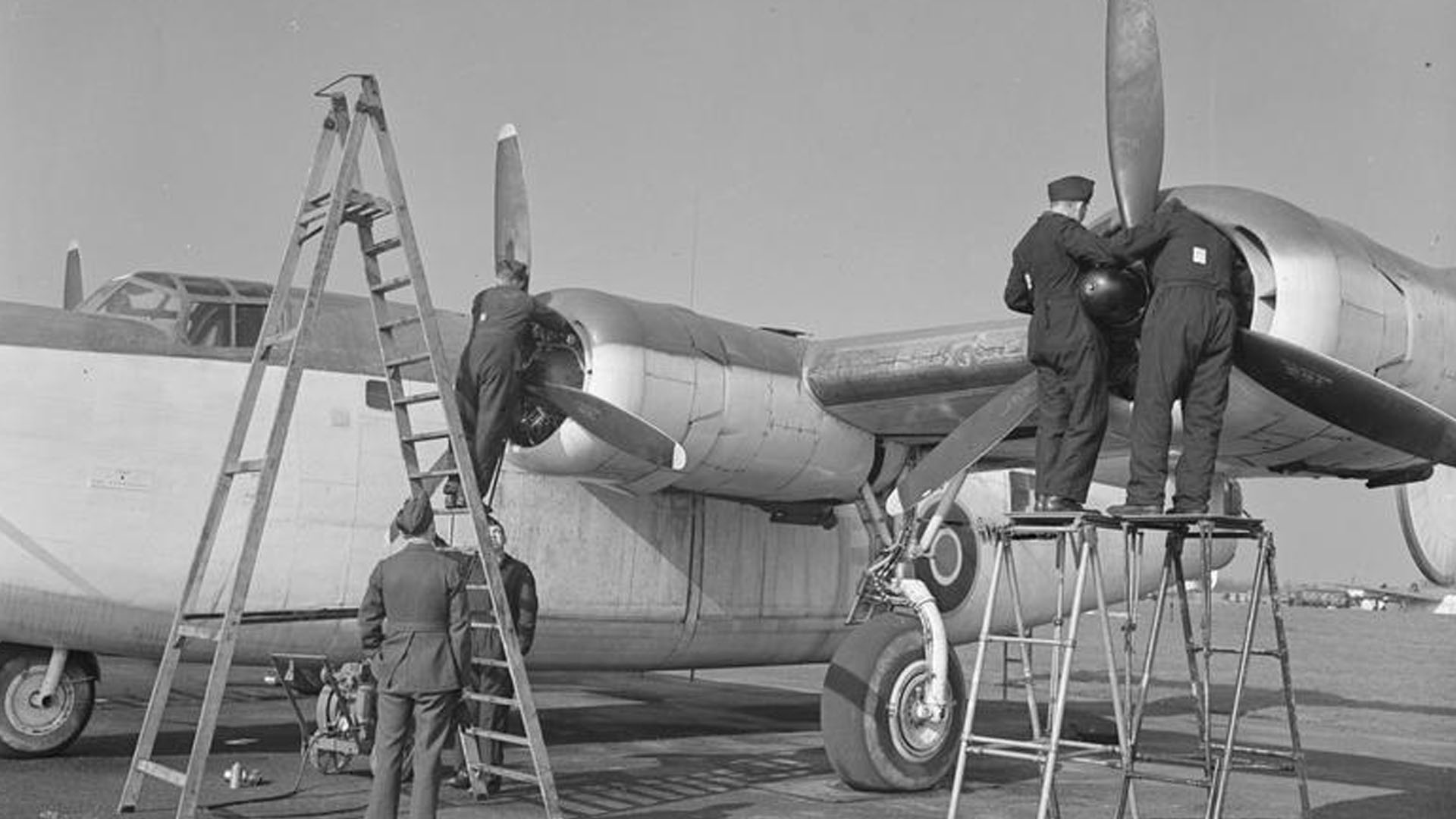The Ulster Grand Prix is a motorcycling road racing event held each August in Northern Ireland. The current course at Dundrod, Co. Antrim is a thrilling ride for competitors. The action on the roads attracts crowds from across the world.
The first Ulster Grand Prix event took place on 14th October 1922 promoted by the Ulster Motorcycle Club. Road racing was enabled by the first Road Races Act in 1922. The act was helped through parliament by M.P., former Editor of the Belfast Telegraph, and motorcycle enthusiast Thomas Moles. The debut race featured 75 competitors in 250cc, 350cc, 600cc, and over 600cc classes. Several other notable figures with connections to Northern Ireland helped road racing gain popularity. These included the well-known inventor Harry Ferguson, journalist Billy McMaster, and Malcolm Wilson.
Throughout the 1930s, the legendary Stanley Woods on his Norton machinery dominated proceedings. Other notable riders included Jimmie Guthrie and Jimmy Simpson. By 1935, the event was awarded the title Grand Prix d’Europe by the Fédération Internationale de Motocyclisme.
The fastest road circuit in the world.
George Printamp, President of the Commission Internationale de Tourisme Motorcycliste.
A new breed of rider would come to the fore after the Second World War. Artie Bell and Les Graham became regular victors in the late 1940s.
And end to racing in Wartime
Road racing across Northern Ireland came to a halt after 1939 due to the outbreak of the Second World War. With the war on the horizon, numbers of registered riders decreased with many joining the services. The 1939 Grand Prix itself was almost called off. The British Pathé coverage of the event mentions that several competitors at the 1939 event hailed from Italy and Germany.
A field of only 60 racers took to the Co. Antrimcircuit but it was thought that cancelling the event would have bankrupted the organisers. The committee split in their decision to hold the race as Europe went to war and several members resigned as a result. There was no racing at all for the remainder of the Second World War. An event took place in 1946, not an international or Grand Prix race but one to test returning to the Clady circuit.
On the start line, organisers wheeled a bike draped in a flag in tribute to those racers killed during the war. One such rider was Walter Frederick Rusk known for his remarkable pre-war achievements on the track. He died of pneumonia on 8th October 1940 while training with the Royal Air Force. The British Pathé footage from 1935 shows Rusk in fierce competition with Jimmie Guthrie and Stanley Woods.
Grand Prix racing returned to the Clady Circuit in 1947. The altered track ran to only 16.5 miles. Among those to return was Leslie Graham who served as an R.A.F. Pilot during the Second World War. As a Flight Lieutenant, he was awarded the Distinguished Flying Cross in December 1944.
In 1949, the Ulster Grand Prix was chosen as a round of the new World Championship series. This competition would evolve into today’s MotoGP series. The Ulster Grand Prix maintained hold of this prestigious position on the racing calendar until 1971. As motorcycle racing grew in popularity and bikes became more powerful, the track needed to change. In 1953, racing moved to a new 7.4 mile circuit at Dundrod, Co. Antrim. The first victor on the Dundrod Circuit was German rider, Werner Haas, on an N.S.U.
The Clady Circuit
The first races ran on a 20.5 mile route known as the Clady Circuit. These roads are only a few miles from today’s Dundrod Circuit, Co. Antrim with Clady coming from the Irish Clóidigh meaning washing river. The start and finish line and pits were partway down the B39 straight where Loanends Primary School stands. Crowds would line the straight within touching distance of the bikes as they passed. At one stage, the track left the tarmac roads behind to cross the grass runways of R.A.F. Aldergrove.

Imperial War Museum Photo: CH 18032 (Part of the Air Ministry Second World War Official Collection). Mechanics undertake their daily inspection of the engines of Consolidated Liberator GR Mark III, FL907, of No. 86 Squadron RAF, at Aldergrove, County Antrim. Copyright Flight Officer H Hensser H - Royal Air Force Official Photographer.
The lap record on the long circuit is 12 minutes 18 seconds, an average speed of 100.03 miles per hour. This was set in 1939 by Dorino Serafini on a 500cc Gilera.
A new Clady Circuit saw use in the post-war years between 1947 and 1952. With changes to road layouts in the area, the course was amended to a shorter 16.5 mile circuit. Part of the shortening was to avoid crossing the property of R.A.F. Aldergrove which had seen heavy use during the Second World War.
The lap record on the short circuit is 9 minutes 21 seconds, an average speed of 105.94 miles per hour. This was set by Les Graham in 1952 on a 500cc MV Agusta.
Today's Ulster Grand Prix
During the 1940s, up to 100,000 spectators would attend the Ulster Grand Prix. It was one of the biggest sporting events in Ireland. Today, its popularity has not waned. The event is as competitive as ever with the world’s greatest riders making their way to The Dundrod Circuit.